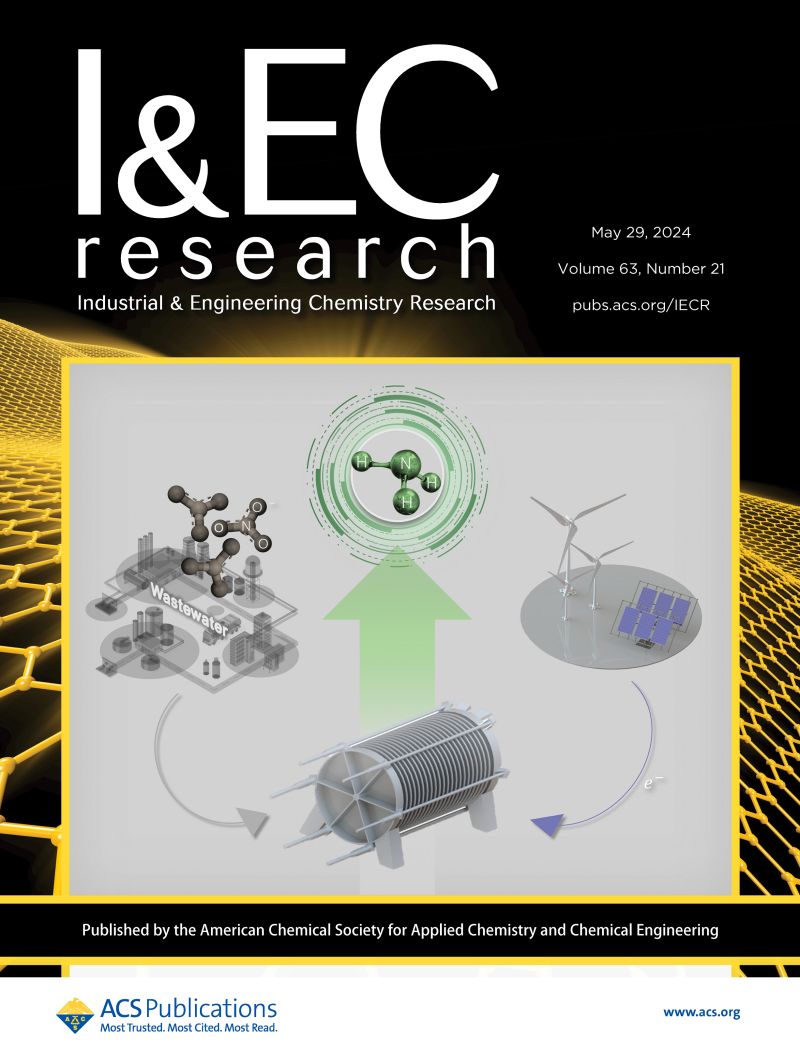Chemical Recycling of Polyethylene Terephthalate (PET) Driven by the Use of Protic Ionic Liquids: A Strategy to Mitigate Microplastic Pollution
IF 3.8
3区 工程技术
Q2 ENGINEERING, CHEMICAL
引用次数: 0
Abstract
Microplastic pollution is a growing environmental concern, requiring the development of efficient recycling processes to mitigate its impact and ensure proper waste disposal. Chemical recycling has emerged as a promising strategy; however, conventional techniques often rely on hazardous solvents, long reaction times, and extreme operating conditions, like high temperatures and pressures. In this context, protic ionic liquids (PILs) have gained attention as sustainable alternatives due to their thermal stability, reusability, and ability to optimize reaction conditions. This study investigates the hydrolysis of polyethylene terephthalate (PET) microplastics using low-toxicity PILs as solvents. The depolymerization efficiency was evaluated using four PILs: choline formate ([ChFor]), triethanolammonium acetate ([TEAA]), 1,5-diazabicyclo [4.3.0] non-5-ene acetate ([DBNH][OAc]), and tetramethylammonium formate ([TeMA][For]). These PILs were synthesized and characterized by FTIR and 1H NMR spectroscopy to confirm their structures. Cytotoxicity assays using Artemia salina classified these compounds as low or nontoxic (LC50 > 250 μg/mL). The results demonstrated that all studied PILs were capable of depolymerizing PET. Among them, [DBNH][OAc] exhibited the highest efficiency, achieving 99.67% PET conversion and 92.52% terephthalic acid (TPA) yield at 110 °C within 30 min. Structural characterization confirmed the production of TPA, supporting its potential reintegration into industrial applications and preventing recontamination by microplastics.

求助全文
约1分钟内获得全文
求助全文
来源期刊

Industrial & Engineering Chemistry Research
工程技术-工程:化工
CiteScore
7.40
自引率
7.10%
发文量
1467
审稿时长
2.8 months
期刊介绍:
ndustrial & Engineering Chemistry, with variations in title and format, has been published since 1909 by the American Chemical Society. Industrial & Engineering Chemistry Research is a weekly publication that reports industrial and academic research in the broad fields of applied chemistry and chemical engineering with special focus on fundamentals, processes, and products.
 求助内容:
求助内容: 应助结果提醒方式:
应助结果提醒方式:


